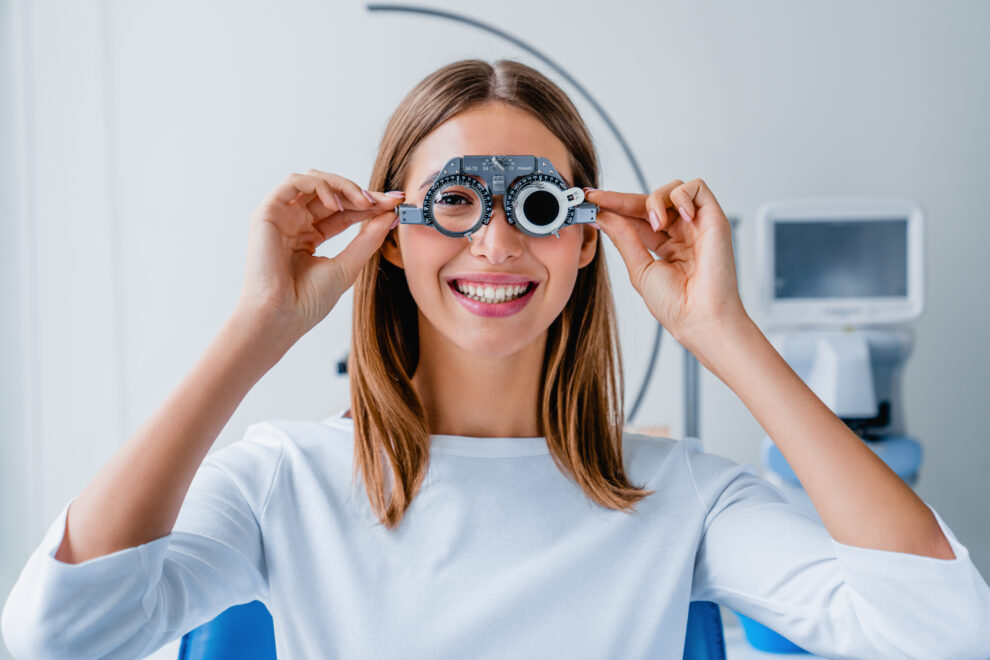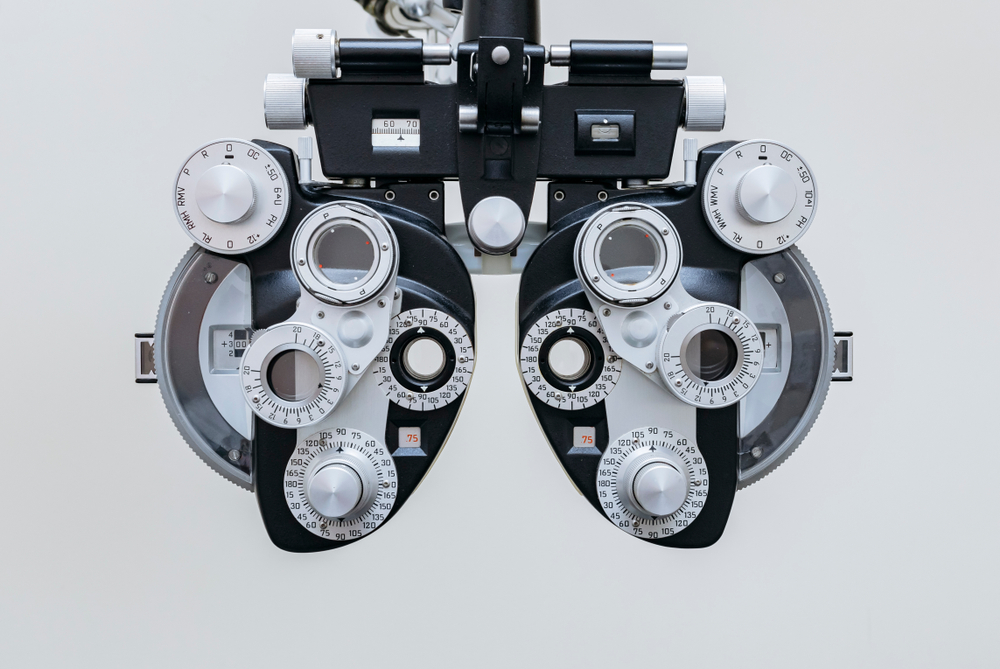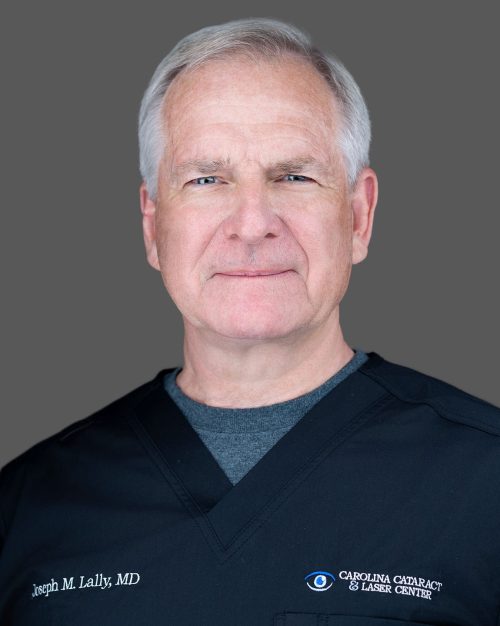Comprehensive Eye Care

Understanding a Comprehensive Eye Exam
Comprehensive eye exams are the only way to keep your eyes and vision healthy. At Carolina Cataract & Laser Center, our team of ophthalmologists offers detailed evaluations and rigorous testing to ensure your eyes receive only the best care. Comprehensive eye exams ensure you see clearly and have healthy eyes. They are detailed and thorough to ensure your eyes and vision help you see the world with beautiful clarity.
What Should I Expect at an Eye Exam?
We will conduct a series of tests and evaluations during your eye exam at Carolina Cataract & Laser Center. These ensure your eyes are healthy and your vision is as it should be. Your eye doctor will ask about your family history, medical history, and other pertinent information during your eye exam before performing any tests or measurements. Your eye doctor may perform the following:
Visual Acuity
Visual acuity is a test that allows your eye doctor to assess your vision with an eye chart. The eye chart will enable us to measure how well you can read letters or symbols from a distance.
Using a Phoropter to Determine Refractive Error

A phoropter is a device with several lenses. Your eye doctor will use this device to determine your precise and unique prescription for eyeglasses and contact lenses if you need them.
They will ask you to compare various lens combinations to determine what’s clearest and your best prescription. Your eye doctor will identify any refractive errors with the phoropter, including nearsightedness, farsightedness, or astigmatism.
Eye Alignment and Movement
Your eyes must be able to move together and work in sync. Your eye doctor will check and ensure your depth perception is working correctly.
Evaluating Your Eyes for Signs of Eye Conditions
Your eye doctor will look for signs of eye conditions like glaucoma, cataracts, or macular degeneration. They may test your intraocular or eye pressure to check for signs of glaucoma.
Slit Lamp Examination
To examine the front of your eyes, your eye doctor will use a slit lamp. With the slit lamp, they’ll be able to see the cornea, lens, and iris to check for any abnormalities or irregularities.
Examine the Back of Your Eye
Your eye doctor will use retinal imaging technology or an ophthalmoscope to see the back of your eye. This will allow them to see the optic nerve, blood vessels, retina, and any signs of disease or damage.
Your eye doctor may use eye drops to temporarily dilate your pupils, giving them a broader look inside your eyes. While your pupils are dilated, you may be more sensitive to light and experience blurry vision for a few hours, but it should wear off a few hours after your eye exam.
Your eye exam is an excellent time to ask your eye doctor any questions you may have about your eyes or your vision. They may also give you recommendations on keeping your eyes healthy, whether it’s reducing your screen time, using artificial tears if your eyes feel dry, or using sunglasses while outdoors to protect them from the sun.
How Often Should I Schedule Eye Exams?
How often you need eye exams depends on different factors, including your age, family history, certain eye conditions, and if you have refractive errors. Your Carolina Cataract & Laser Center eye doctor will go over the appropriate schedule of when you should have eye exams. Regularly scheduling eye exams ensures that your prescription stays up to date, which is especially necessary if you have refractive errors and are required to wear glasses and contact lenses. However, regardless of various factors, comprehensive eye exams are essential to ensure your eyes stay healthy, no matter what stage of life you’re in.
What is a Refractive Error?
Refractive errors are vision problems that occur when the eye cannot properly focus light onto the retina. When this happens, vision is blurry or distorted. The retina is light-sensitive tissue found at the back of the eye. It takes light and converts it into signals the brain sees as images. Refractive errors include nearsightedness, farsightedness, and astigmatism.
Nearsightedness
Nearsightedness, or myopia, is a refractive error that occurs when the eyeball is too long, or the cornea is too curved. As a result, light focuses in front of the retina. When this happens, you’ll see clearly when you look at things right in front of you, but things at a distance will look blurry.
Farsightedness
Farsightedness, or hyperopia, is a refractive error that occurs if the eyeball isn’t long enough or the cornea is too flat. Because of this, light focuses behind the retina. If you’re farsighted, looking at things far away from you may be clear and easy to see, but looking at things close up will be blurry.
Astigmatism
Astigmatism is a refractive error that occurs if you have an irregularly shaped cornea or lens. The cornea should be round, like a basketball. However, if you have astigmatism, the cornea will be closer to the shape of a football. Because of the cornea’s irregular shape, vision is blurred or distorted at all distances, whether you’re looking at something up close or far away from you. Having astigmatism prevents light from focusing evenly on the retina.



